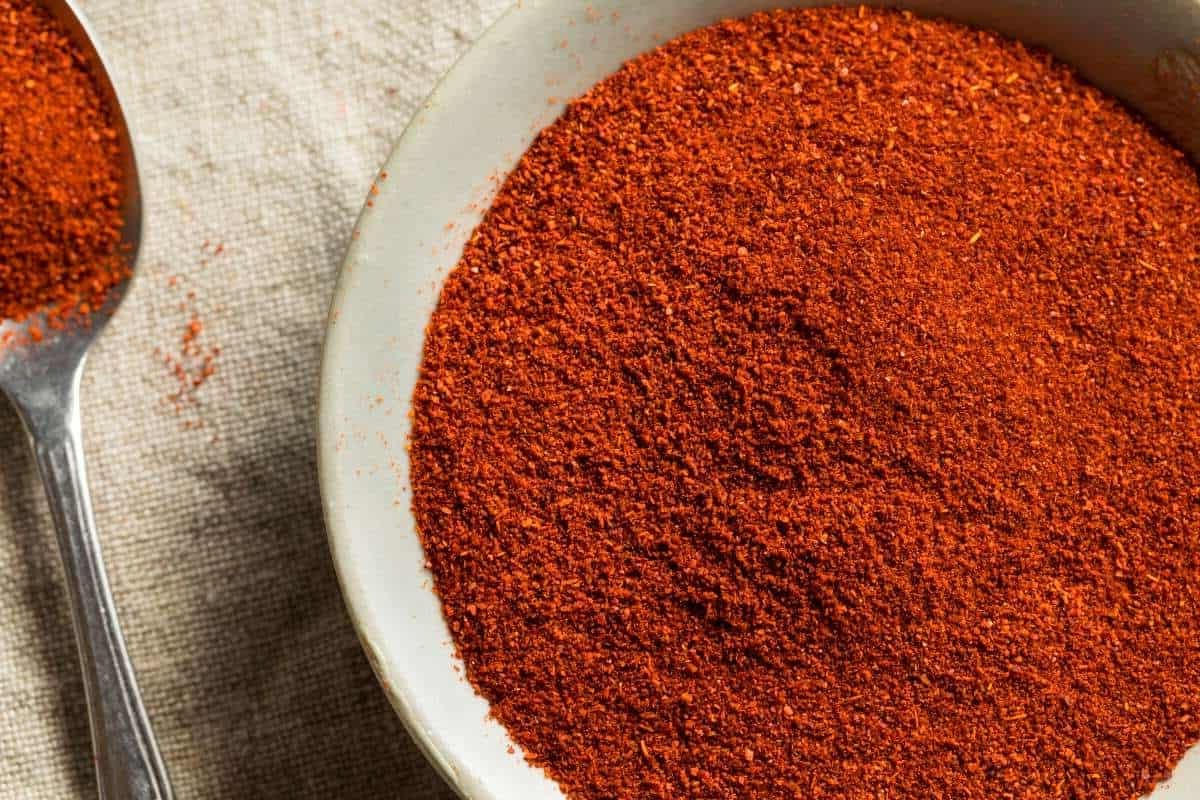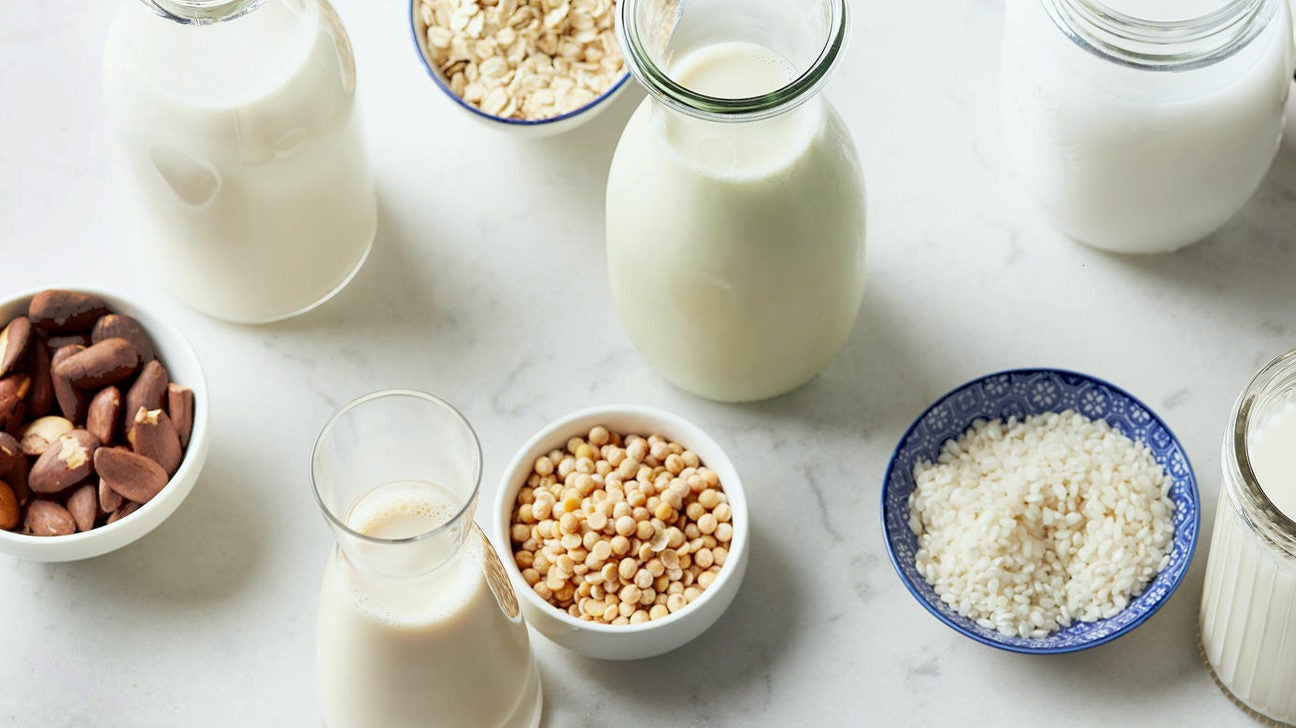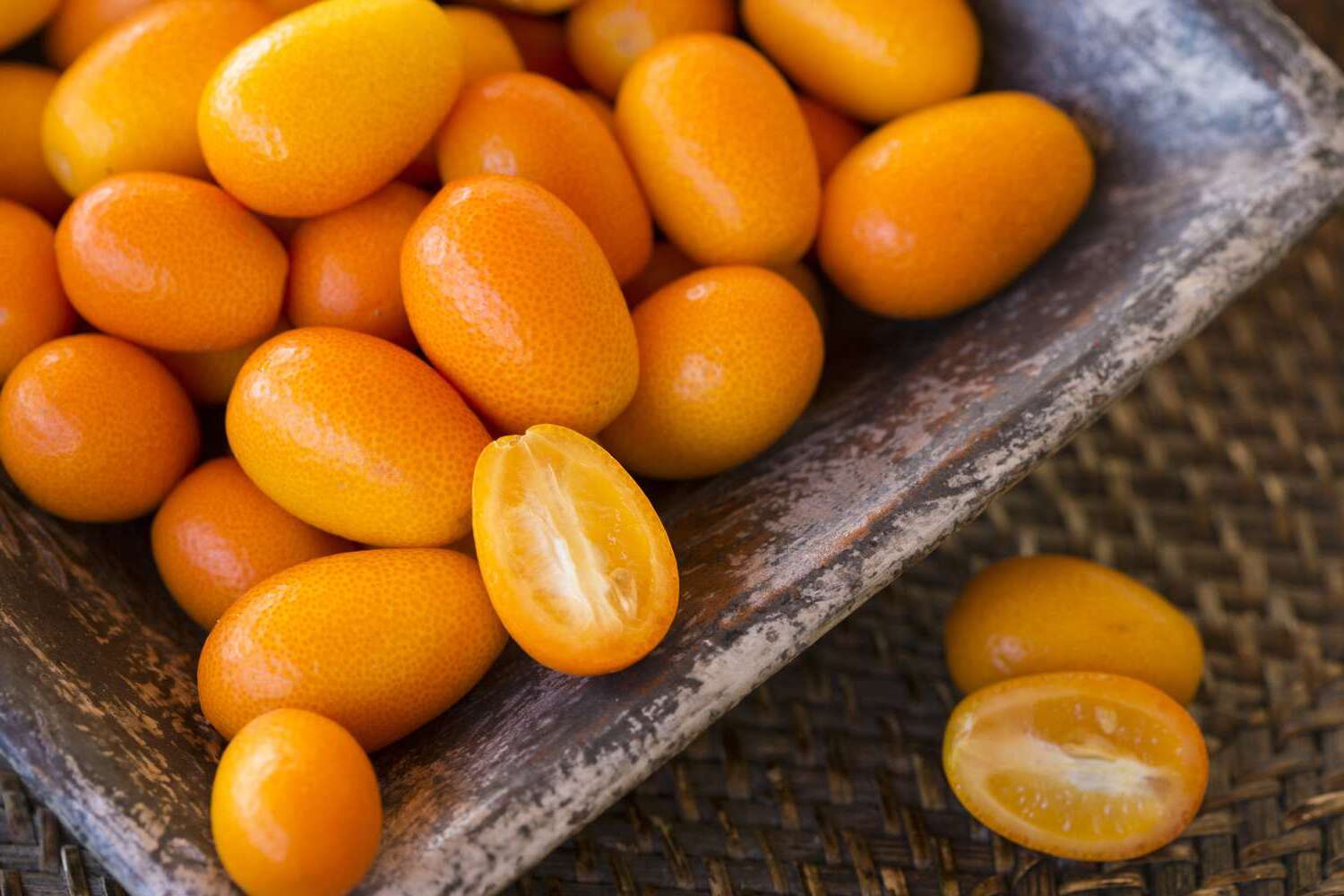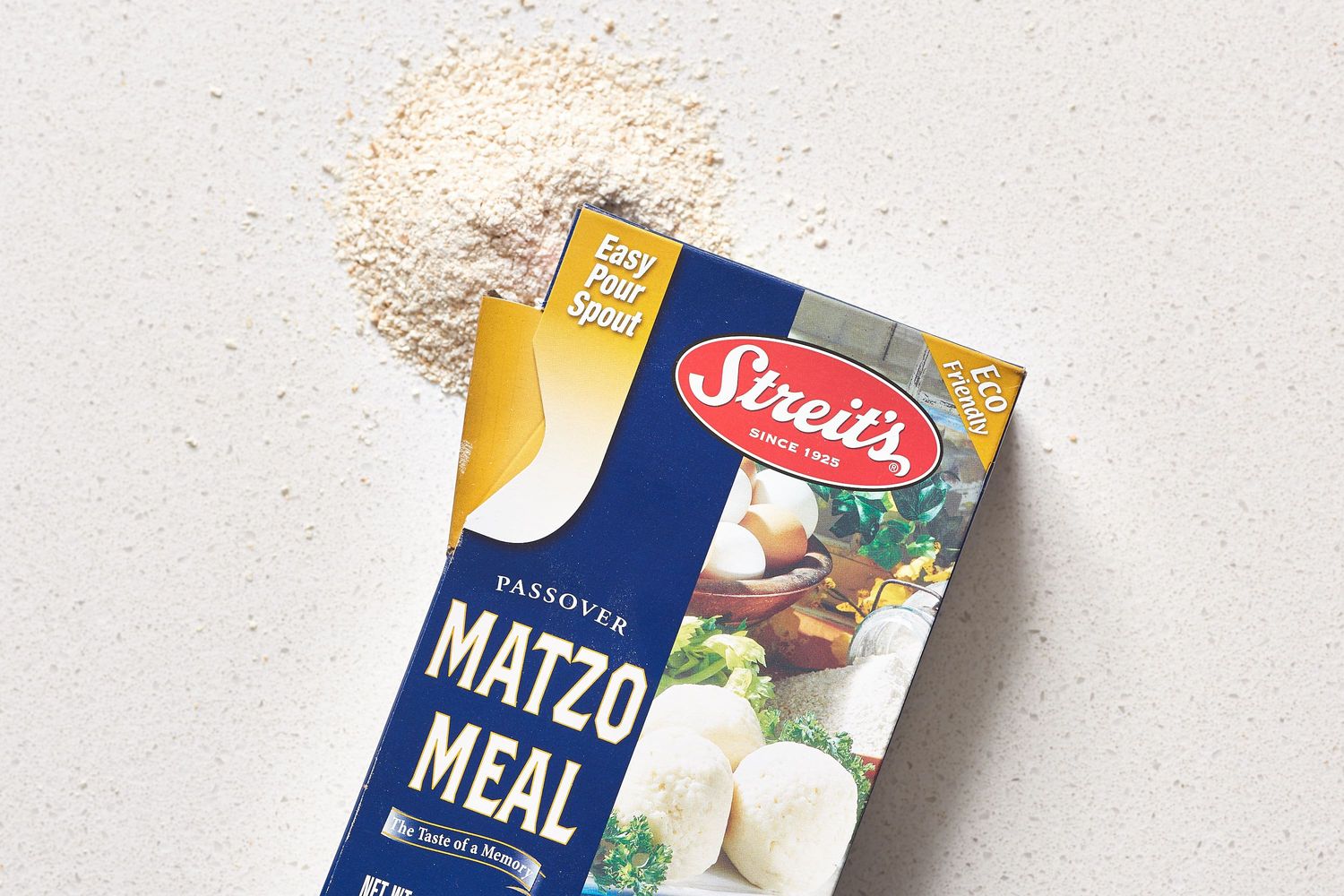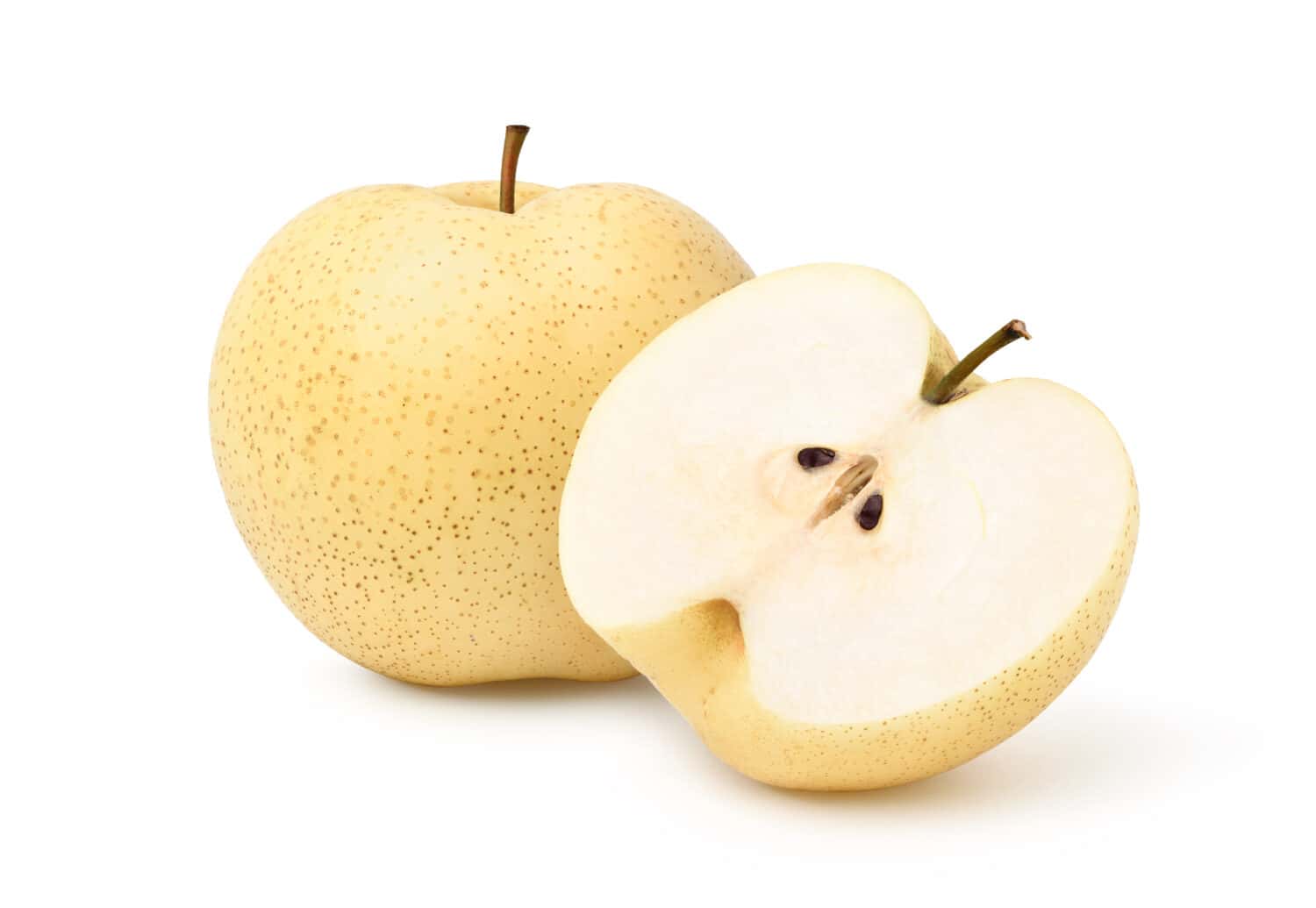When it comes to making sausages, choosing the right sausage casing size is crucial. The sausage casing not only affects the appearance of the sausage but also plays a significant role in determining its texture and flavor. If you're new to sausage making, understanding the sausage casing size chart is essential for creating the perfect sausages. In this guide, we'll explore the different sausage casing sizes and how they can impact your sausage-making process.
Understanding Sausage Casings
Sausage casings are the thin, flexible membranes that encase the ground meat mixture to form sausages. They are available in various materials, including natural casings (derived from animal intestines) and synthetic casings. Natural casings are known for their traditional appeal and unique texture, while synthetic casings offer consistency and uniformity.
Sausage Casing Size Chart
The sausage casing size chart provides a reference for the diameter of different casings, allowing sausage makers to select the appropriate size for their specific needs. The sizing is typically denoted in millimeters and can range from narrow casings for breakfast sausages to wider casings for larger sausages like bratwurst or kielbasa.
Common Sausage Casing Sizes
Here are some common sausage casing sizes and the types of sausages they are typically used for:
- 15-19mm: Ideal for breakfast sausages and cocktail wieners.
- 20-22mm: Suitable for breakfast sausages, hot dogs, and frankfurters.
- 23-26mm: Used for bratwurst, Italian sausages, and smoked sausages.
- 32-35mm: Perfect for kielbasa, bologna, and larger smoked sausages.
- 36mm and above: Ideal for larger sausages like salami and summer sausage.
Choosing the Right Casing Size
Selecting the right casing size depends on the type of sausage you want to make and your personal preferences. If you prefer thinner sausages, opt for smaller casings, while larger casings are suitable for heartier sausages. Consider the texture and snap you want the casing to provide when determining the appropriate size for your sausages.
Tips for Using Sausage Casings
Here are some tips for using sausage casings effectively:
- Soak Natural Casings: If you're using natural casings, ensure they are thoroughly soaked and rinsed before use to remove excess salt and prepare them for stuffing.
- Handle with Care: Casings are delicate, so handle them gently to avoid tears or breakage during the stuffing process.
- Consider the Cooking Method: The cooking method can also influence the choice of casing size. For example, if you plan to grill the sausages, a casing with a bit more snap may be desirable.
Conclusion
Understanding the sausage casing size chart is essential for anyone venturing into the art of sausage making. By selecting the right casing size, you can achieve the desired appearance, texture, and flavor in your homemade sausages. Whether you're making breakfast links, bratwurst, or salami, the sausage casing size chart serves as a valuable guide in creating delicious sausages that will impress your friends and family.
Was this page helpful?
Read Next: What Is Strawberry Water?

